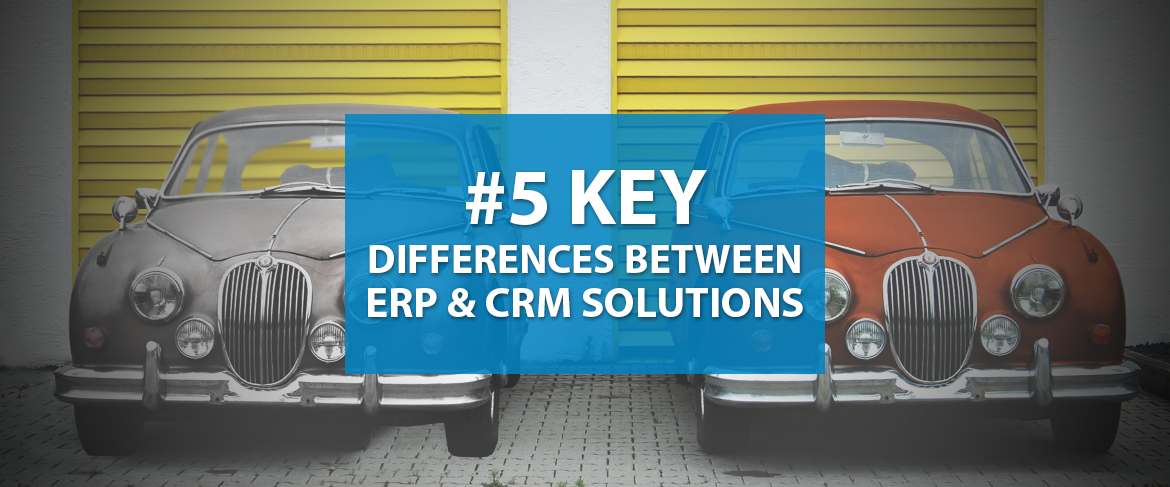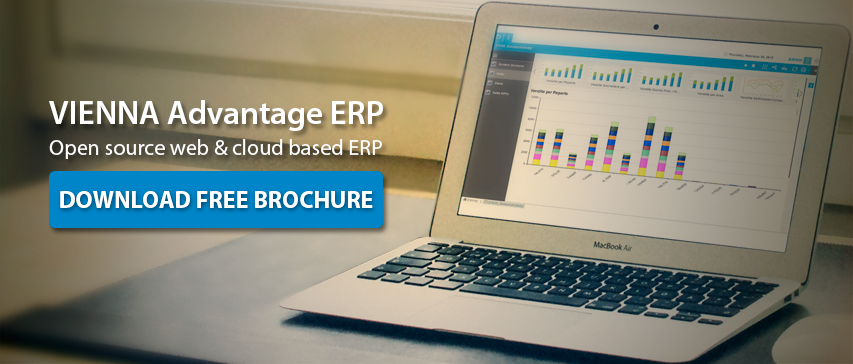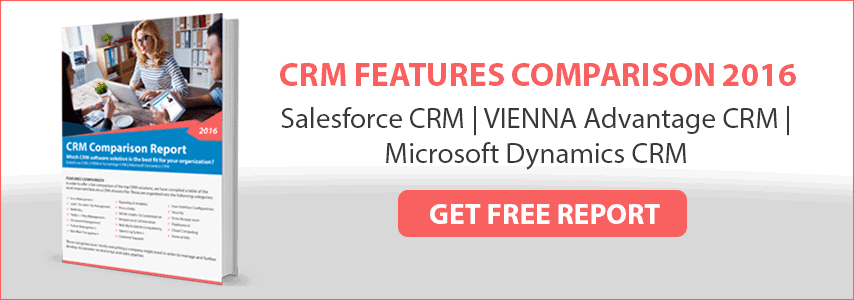ERP and CRM (Enterprise Resource Planning and Customer Relationship Management), are two products that go great together. While either product can work well on its own, their true potential is realized only when full ERP and CRM integration is achieved. But since their core functionalities are completely different, it’s best for a business to first look at them as separate, stand-alone systems.
What is ERP software?
Enterprise resource planning (ERP) is a category of business-management software – typically a suite of integrated applications—that an organization can use to collect, store, manage and interpret data from various departments of the organization. ERP system integrates the key areas of the business like purchases, sales, manufacturing, human resources, services, inventory, etc., and improves the business processes and flow of information across the organization.
An ERP system focuses on the business. It facilitates information flow between all business functions, and manages connections to outside stakeholders. By allowing the business to focus on the data, instead of the operations, ERP provides a method for streamlining business processes across the board. Popular ERP vendors like VIENNA Advantage go one step further and provide integrated ERP and CRM solutions with inbuilt document management system.
When this software is implemented in the organization, all the departments can access updated and shared information. In addition to this, the entity is also able to analyze the profitability, performance, and liquidity at any point in time.
What is CRM software?
Customer relationship management (CRM) is an approach to managing a company’s interaction with current and potential customers. A CRM system is used to collect and share customer data, cataloging customer interactions, analyze data about customers’ history with a company and improve the customer experience.
The goal of any CRM solution is to provide a comprehensive store of customer data that can be used to increase sales, improve customer retention, and make customer relations more efficient.
A CRM solution compiles information from a range of different communication channels, including a company’s website, telephone, email, live chat, marketing materials, social media, and more. Through the CRM system, businesses learn more about their target audiences and different customer segments and how to best cater to their needs.
Since all of the data is standardized, it’s easily shared throughout the business. CRM can be used by the top management to create sales projections, by sales representatives to maintain contact with clients, by shipping clerks to verify addresses, and by the billing department to create invoices.
5 Key Differences Between ERP and CRM Solutions
The following are the major differences between ERP and CRM:
1. CRM is defined as software that lets the organization to trace every transaction with the clients and customers. ERP refers to a software program that helps the company to manage its business processes, going on across the company.
2. CRM is a front-office system that should simplify and standardize customer interactions, manage sales pipeline, support, up-sells, track customer information and create dashboards and reports on this data. Moreover it should: organize marketing efforts, calculate time spent on converting leads to closing deals, streamline your sales processes, automates customer service, share marketing and sales collateral, learn which products sell best and when, prioritize leads, manage inventory based on historical sales data, collaborate to sell as a team, manage your business contacts, manage your business leads, share customer profiles with co-workers, see where leads come from etc.
3. ERP systems consolidates the information provided by various functional groups of the organization, and automate and manage back-office business activities and tasks, such as: accounting and finances, HR and payroll, purchase, manufacturing, distribution process management, supply chain management, services knowledge base, project management, reduce redundant tasks, lower purchasing costs, standardize critical business procedures and streamline business processes.
4. CRM focuses on increasing sales, but ERP gives emphasis on reducing costs.
5. ERP was developed earlier than CRM.
Which system is more important ERP or CRM?
Deciding which system is more important is like deciding between having an engine or having a steering wheel in a car. A CRM system improves sales and increases profits, while ERP system allows a business to be guided with precision, and to steer around obstacles well in advance. ERP and CRM working together make it much easier for a business to increase profits while reducing costs.
A business has to have processes before it needs to worry about streamlining them. And it needs to produce sales and profits before worrying about cutting costs. That’s why CRM solution is often the best bet for a business’s first investment. Generating and maintaining sales is usually what makes everything else possible. By as the business grows ERP becomes a necessity.
Is integrated ERP and CRM solution a key to success?
Increased capital comes about in two ways: more sales or fewer expenses. Using integrated ERP and CRM solution allows a business to pursue both of these avenues. The CRM system brings in more revenue through better sales figures, while the ERP system reduces overall operating expenses. Together, these systems can help a business pursue growth through efficiency and expansion simultaneously. Used separately, ERP and CRM can still be very helpful, but could potentially limit the business to a narrower avenue of growth.
Want to learn why ERP and CRM systems are better together? Check this article: 9 Key benefits of ERP and CRM integration







